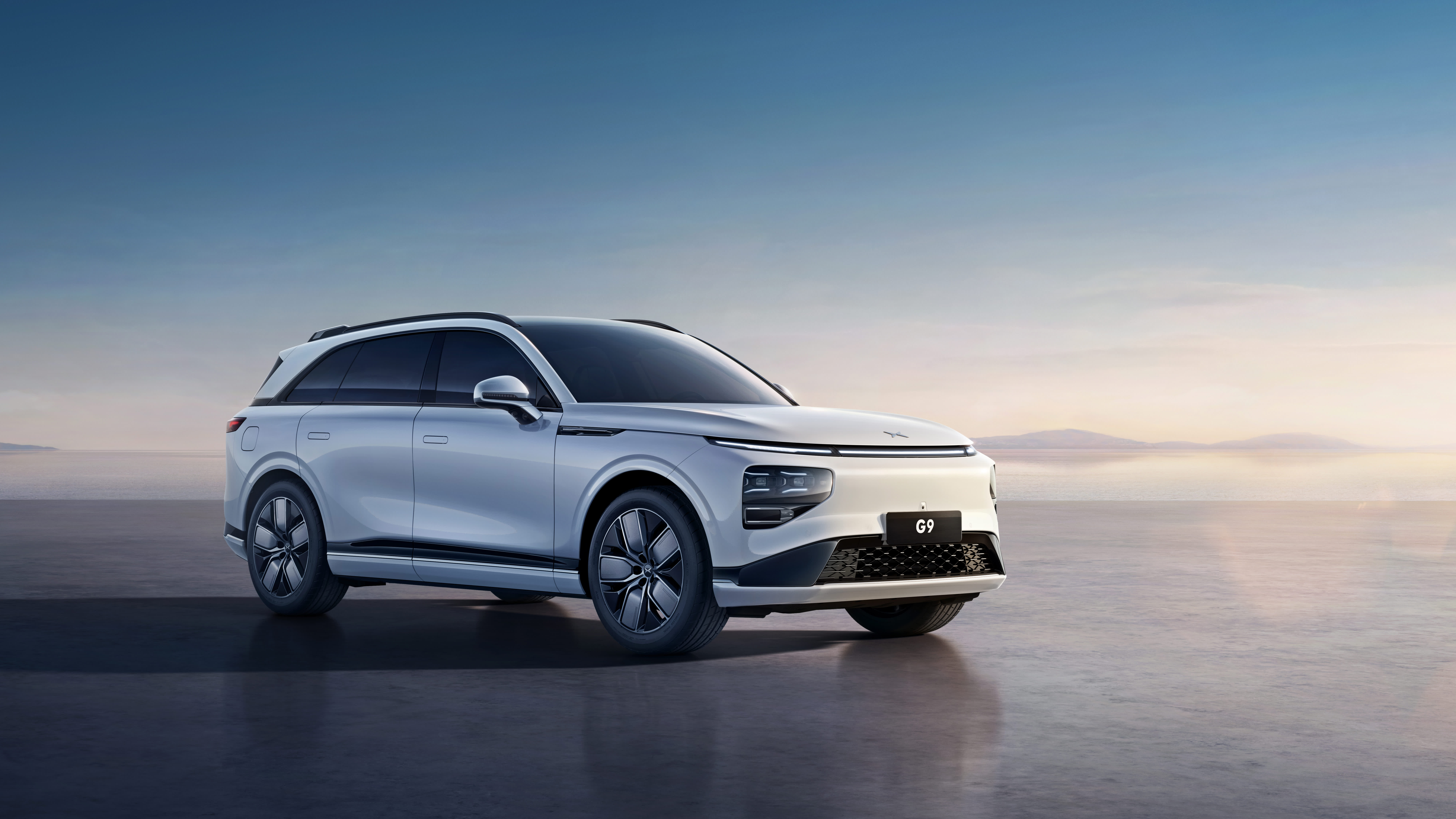GUANGZHOU, China — Xpeng unveiled a new electric sports utility vehicle Friday as competition in China’s new energy vehicle market continues to intensify.
The G9 is Xpeng’s fourth production model. The company plans to launch the car in China in the third quarter of 2022, a person familiar with the matter told CNBC. The person asked not be identified because the matter is confidential.
But the company also said the car is designed for international markets. Xpeng began shipping its flagship P7 sedan to Norway this year, its first overseas market.
“G9 is our first model to be conceived and developed from the ground up for both the international and Chinese markets, bringing our most sophisticated designs to our customers worldwide,” Xpeng Co-Founder Henry Xia said in a press release.
The G9 launch adds a fourth car to Xpeng’s lineup, after the G3 SUV and the P7 and P5 sedans. It’s the second SUV in Xpeng’s portfolio and adds another electric vehicle to that competitive segment of the market.
Xpeng’s G9 will face off against the likes of Tesla’s Model Y, Nio’s ES6 and Li Auto’s Li One.
The company has not released pricing or range details yet.
Xpeng G9 features
The G9 will be Xpeng’s first model equipped with Xpilot 4.0, the company’s advanced driver-assistance system, or ADAS, which is slated for rollout in first half of 2023.
Poised as a rival to Tesla’s Autopilot, Xpilot allows the car to carry out semi-autonomous features such as lane switching.
The car will also feature Nvidia’s Orin-X autonomous driving chips.
Xpeng says the G9 will be compatible with its X-Power superchargers, which allow cars to charge up to a 200-kilometer driving range in 5 minutes.
The G9 will also feature Light Detection and Ranging technology, or Lidar. These systems send out lasers that bounce back to measure distance. Those returning beams are processed by an algorithm to create a three dimensional representation of surrounding objects — a key technology for autonomous vehicles to understand their environment.
